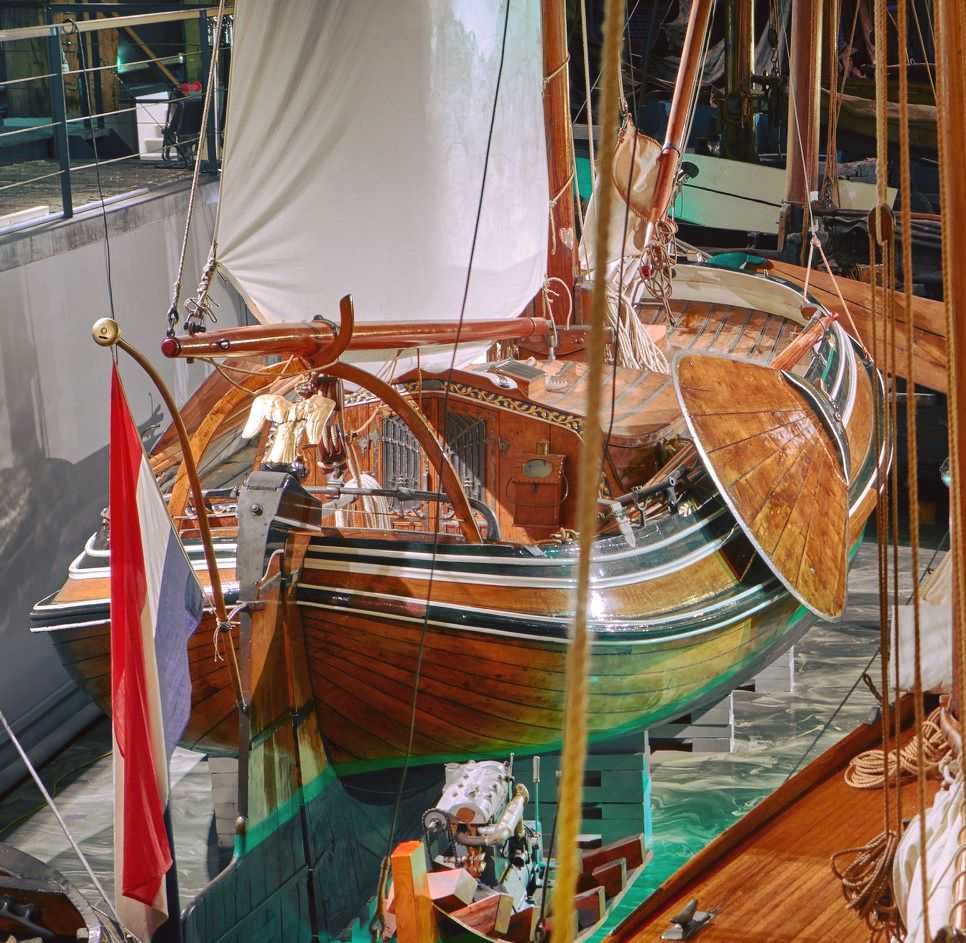Chauvet brings Sea of Stories to life
- Details

Among the evocative attractions of the museum complex is the Sea of Stories, an audio/visual exhibition in its Ship’s Hall that vibrantly captures the essence of the Zuiderzee region long ago. Helping to wash away the years and draw visitors into life on the great bay is a captivating Frank Hulsebosch lighting design that features COLORado and COLORdash fixtures from Chauvet Professional supplied by Lichtpunt Theatertechniek.
Hulsebosch and his company, 50LUX, were introduced to Sea of Stories by Perspekt Studios, which was responsible for the design and construction of the exhibit. He explained why the decision was made to go beyond standard museum lighting and hang 50 COLORado 2 Solo IP65 fixtures as well as 15 COLORdash Par HP12 IP units from truss structures that line both sides of the 40-meter-long hall.
“All the fixtures are used for the same purpose: lighting a collection of antique ships,” comments Hulsebosch. “The exhibition Sea of Stories starts in the Ships’ Hall, which has 14 antique boats, the largest museum collection of boats in The Netherlands. We wanted to make an audio-visual presentation through which you can imagine yourself on the Zuiderzee a century ago, when it was a turbulent open sea full of fish, salt water and raging waves. In order to make dynamic presentation we needed other fixtures then we would normally use in a museum. We were looking for DMX controlled fixtures whit vibrant colors, some also with UV (to create dark and nightly atmospheres) and a zooming.”
Prior to the installation of the new colour-mixing LED fixtures, the Ship’s Hall was lit only by ambient sunlight. Aside from providing a sharper more consistent light, the new fixtures are also used to enhance the storytelling aspect of the exhibit.
“The different light scenes are part of a show with sound, light, video and special effects,” adds Hulsebosch. “Since the hall represents life at sea, we used our COLORados and COLORdashes to create a lot of rich shades of blue and green for ambience. Then, we’d go to white light for times when the ships were on display in between the theatrical scenes.
“We also used different angles and uplighting the dramatic and atmosphere scenes to create shadows,” continues Hulsebosch. “In the more static scenes, where the ships are on display in a more traditional exhibition-like way, we focused on visibility and avoid dark spots as much as possible.”
Setting up the rig had to be done with care. The fixtures had to be placed eight meters above the floor manually, since no automated equipment could be used due to the tight space and fear of damaging the historic ships.
“This was a rewarding project for us in many ways,” concludes Hulsebosch. “Since we work mostly on static exhibits, programming the theatrical scenes was a challenge. Dirk Donks from The Lighting Factory was a great help to us.”
(Jim Evans)















